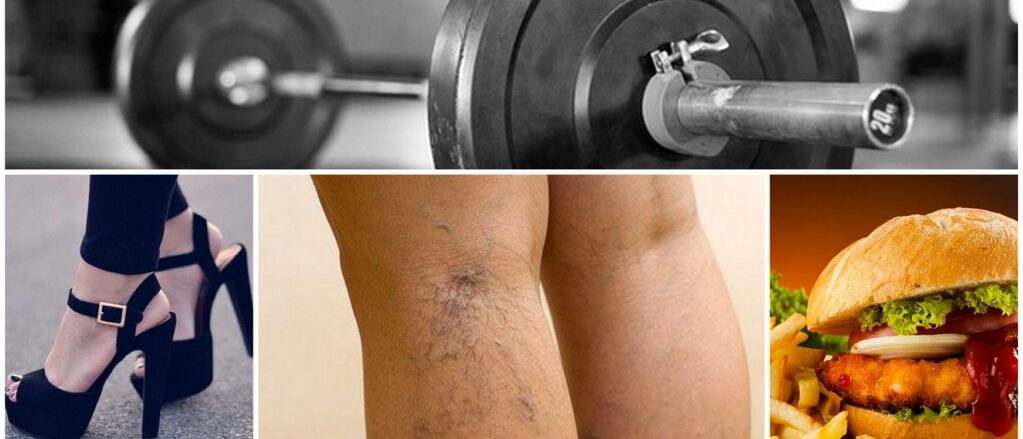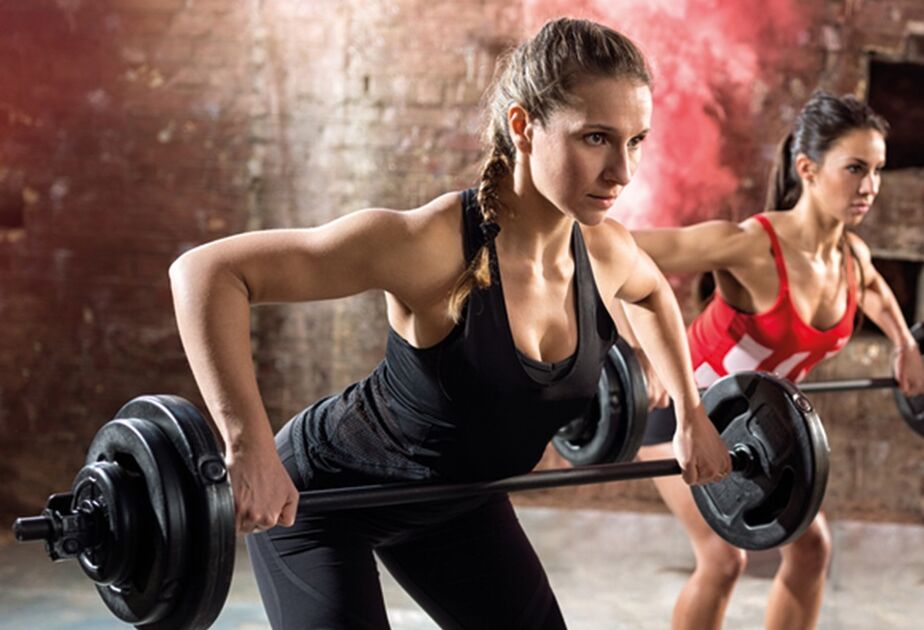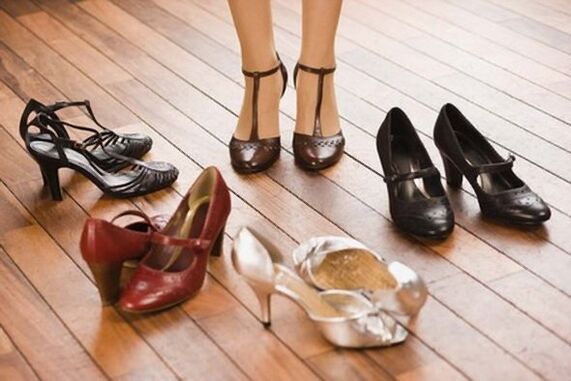If the veins are dilated, there are contraindications for varicose veins on the legs. You should change your lifestyle, abandon bad habits, saunas, strenuous physical activity, and hormonal contraceptives. It is recommended to choose the right shoes and follow a diet. Some types of massage, waxing, and tattooing are also prohibited.

What are the contraindications?
Alcohol and smoking
Complications of varicose veins in the legs due to bad habits pose a threat to life.
For varicose veins, alcoholic beverages are strictly prohibited. Once in the body, alcohol first has a vasodilation effect, increasing blood flow to the legs. Then vasospasm occurs, which causes blood to pool. In addition, with varicose veins, the vascular walls become weak and thin, so there is a risk of vein rupture and bleeding. Nicotine also contributes to vasoconstriction and blood clot formation.
Take hormonal contraceptives
The use of hormone-based contraceptives causes high levels of progesterone in women, which contributes to the dilation of the veins. As a result, the function of the venous valves is disturbed, the outflow of blood worsens, and the tone of the vascular walls decreases. Hormonal contraceptives also increase the viscosity of blood plasma, which leads to the formation of blood clots.

Sports activities
If you have varicose veins, it is forbidden to engage in strength sports, because during heavy lifting there is a large flow of blood to the lower part of the legs. Athletics, gymnastics, freestyle skiing, snowboarding and football are also prohibited. This sport is also very traumatic. Injury is always accompanied by swelling and poor circulation, which negatively affects the dilated veins. Hiking and swimming are recommended. This helps strengthen blood vessels and muscles and normalizes lymph outflow.
Visiting the bathhouse and sauna
Exposure to high temperatures with varicose veins on the lower legs can be dangerous. Hot water and steam help expand blood vessels, as the amount of blood entering them increases. Redistribution of load occurs when a healthy vein takes over the function of the affected vessel. This leads to the formation of varicose veins in the deep veins. You can visit the bath house only in the early stages of the disease after consulting a doctor. A trip to the sauna should be replaced by a visit to the infrared cabin.
Diet
For varicose veins, it is recommended to adjust your diet. To thin the blood, you need to drink 1. 5-2 liters of clean water every day. What you can and cannot eat is shown in the table:
| Allowed | Prohibited |
|---|---|
|
|
Way of life

To live normally with varicose veins on the legs, you should abandon a sedentary lifestyle. Physical inactivity worsens blood circulation and contributes to obesity. It is recommended to do exercises that can be performed every day that increase blood flow and strengthen muscles:
- rotational movement of the legs;
- roll from heel to toe;
- lifting the leg with the toes extended;
- rolling a ball or stick placed under the feet.
If you have varicose veins, it is absolutely forbidden to sit with your legs crossed. It is recommended to sleep with varicose veins on your back, placing a roll or hard pillow under your legs so that the lower body is slightly raised. This will increase blood flow during sleep. It is forbidden to wear accessories on the legs that pinch the blood vessels.
Selection of shoes

If you have inflammation of the veins, you should avoid tight and uncomfortable shoes with high heels. Wearing such shoes affects the blood supply to the lower part of the foot, contributes to improper load on the foot, and causes cramps. You need to choose shoes for varicose veins correctly, complying with the following recommendations:
- Natural properties of materials. This ensures good ventilation, so the feet do not sweat and swelling does not occur.
- Appearance. The site must be stable, rigid, and anatomically correct. The heel is wide, no more than 4 cm high.
- Adjustable studs. It is better to choose shoes with straps or Velcro that do not pinch your feet.
Massage session
If you have varicose veins, you should not do roller, vacuum or anti-cellulite massage.Such procedures are accompanied by pressing, patting and pinching, which can cause injury to veins and the formation of blood clots.It is best to remove swelling with a light stroking motion from the feet up. You can use a special vibrating massager or undergo a hydromassage session. Such procedures improve blood circulation, strengthen the walls of blood vessels, and weave tissues with oxygen.
Cosmetic procedures
Taking care of your legs for varicose veins is very important. However, you should avoid procedures such as:
- tattoos;
- hair removal using wax;
- sweetener;
- hair removal using cosmetic tools.
Such a procedure is carried out with a heated device that injures blood vessels and causes blood flow to the lower part of the leg. Tattoos do not solve aesthetic problems and can trigger the appearance of new areas affected by veins. You can disguise varicose nodes with the help of sclerotherapy performed by a phlebologist. When taking care of the skin of your legs, it is better to use laser hair removal services or regular shaving.

















